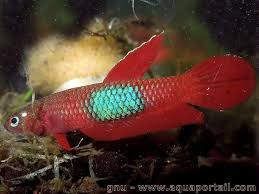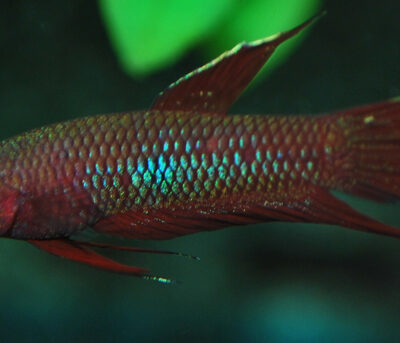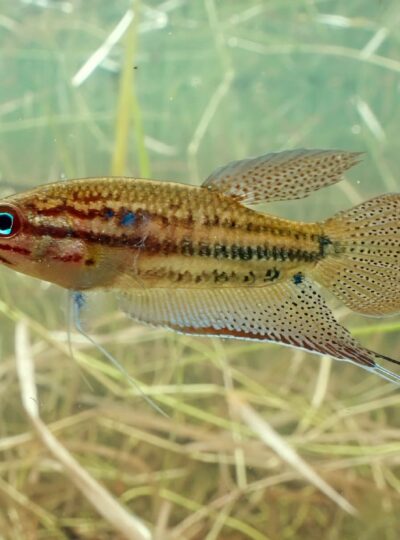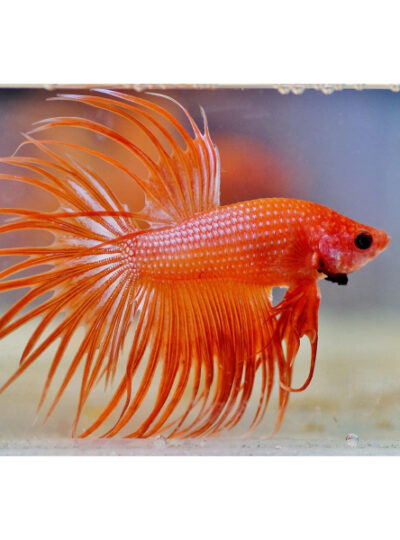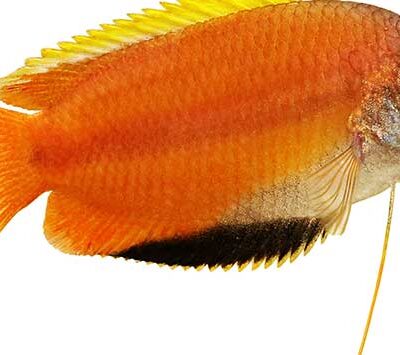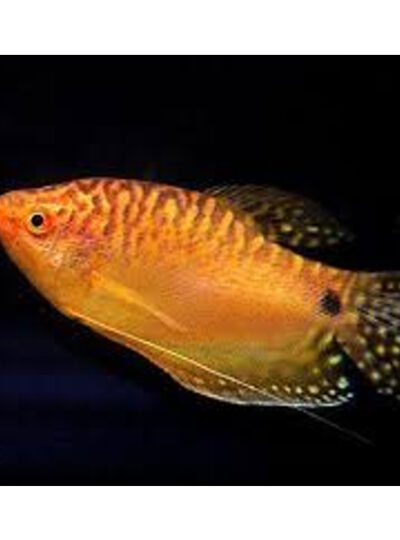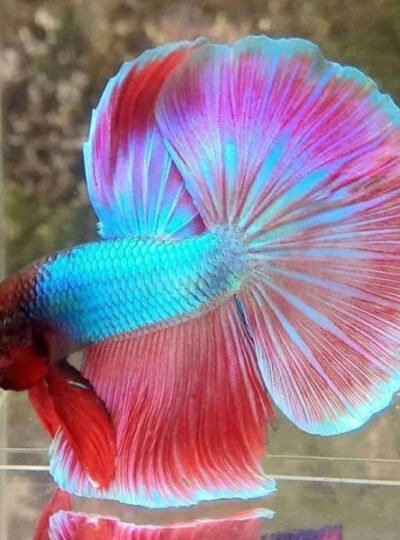The Anabantoidei are a suborder of anabantiform ray-finned freshwater fish distinguished by their possession of a lung-like labyrinth organ, which enables them to breathe air. The fish in the Anabantoidei suborder are known as anabantoids or labyrinth fish, or colloquially as gouramies (which more precisely refers to the family Osphronemidae). Some labyrinth fish are important food fish, and many others, such as the Siamese fighting fish and paradise fish, are popular as aquarium fish.
Labyrinth organ
The labyrinth organs, a defining characteristic of fish in the suborder Anabantoidei, is a much-folded suprabranchial accessory breathing organ. It is formed by vascularized expansion of the epibranchial bone of the first gill arch and used for respiration in air.
This organ allows labyrinth fish to take in oxygen directly from the air, instead of taking it from the water in which they reside through use of gills. The labyrinth organ helps the inhaled oxygen to be absorbed into the bloodstream. As a result, labyrinth fish can survive for a short period of time out of water, as they can inhale the air around them, provided they stay moist.
Labyrinth organ of a climbing perch ( Anabas testudineus )
Labyrinth fish are not born with functional labyrinth organs. The development of the organ is gradual; most labyrinth fish initially breathe entirely with their gills, and develop the labyrinth organs as they grow older.
https://en.wikipedia.org/wiki/Anabantoidei
Showing 1–12 of 30 results



